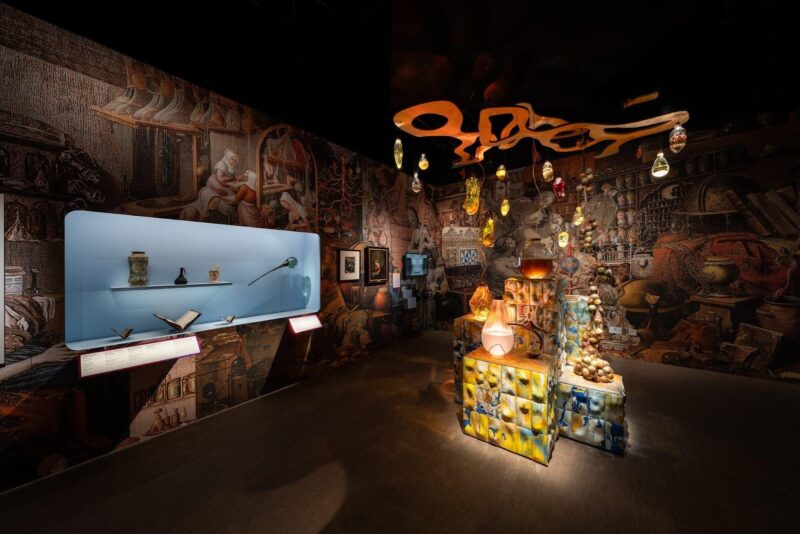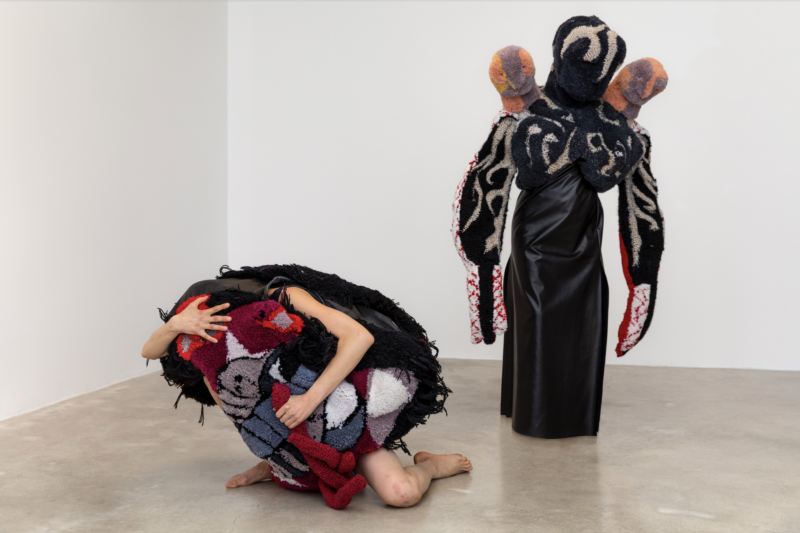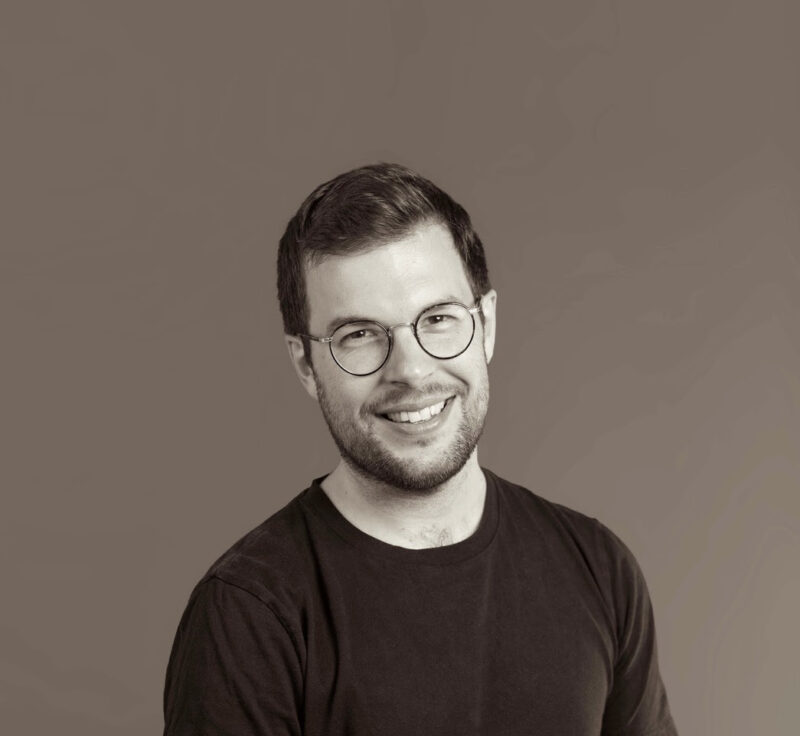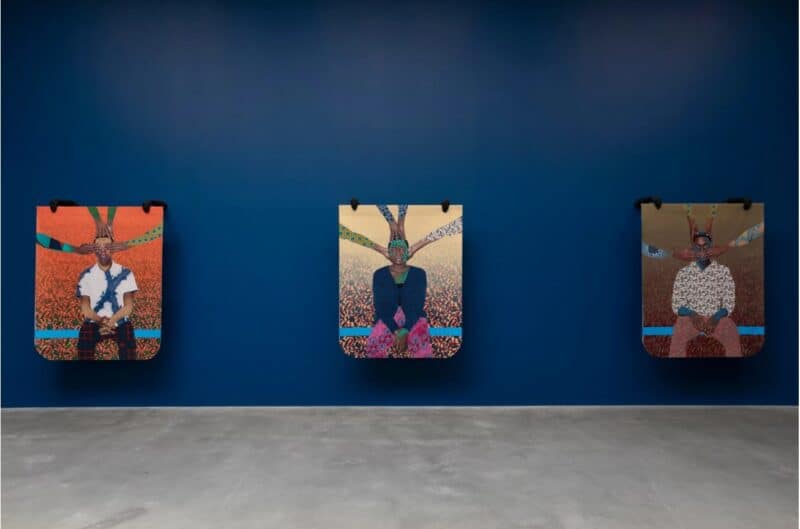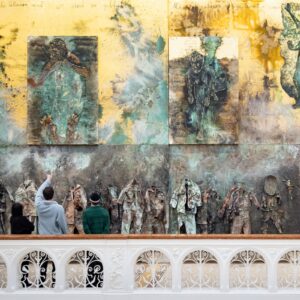The London art scene is massive and overwhelming. Out of hundreds of galleries and thousand of people who work in them, how do you know where to go and who to listen to?
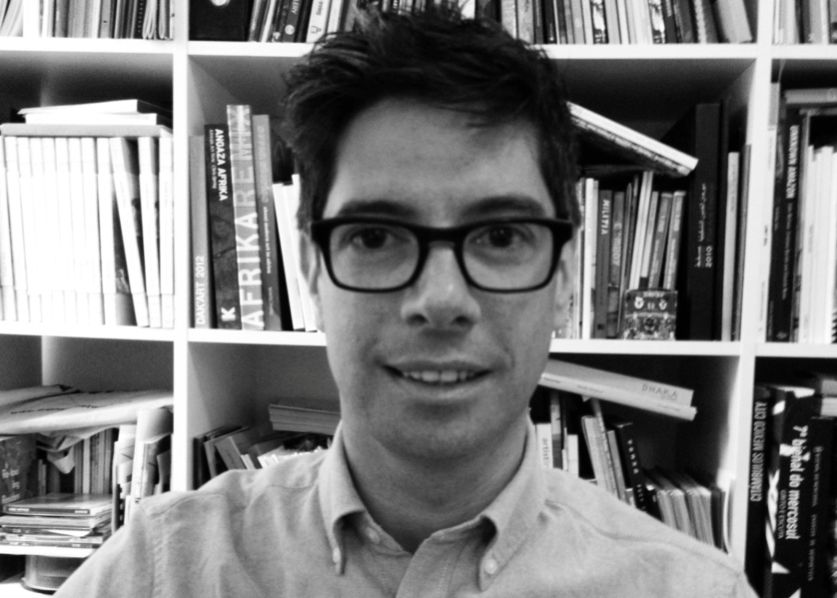
We asked a few hundred art professionals, curators, and artists to name their favourite galleries and we came up with a list of 70. Luckily for us, many museums and galleries were available for interviews.
This interview was conducted in 2015, it took a year to publish because it turns out it’s a lot harder to liaison with 70 galleries and their PR agencies than we originally expected. All the anachronisms were kept to illustrate just how fast paced the London gallery scene is, some people we interviewed no longer work at the same galleries, and some galleries no longer exist in the same form they did last year.
We wanted to share the knowledge with as many art professionals as we could so we are sharing 20 condensed interviews with Fad’s readers. The full lengths interviews are available in the book ‘Who to Know in London?’
Alessio Antoniolli is the 10th interview out of the series of 20.
Where does the name Gasworks come from?
We are named after the Victorian gas holders nearby. This local landmark looms over the building, so it seemed appropriate.
Tell us about your background and your journey to your current position.
I began working for Gasworks as a volunteer in 1998 while still at university and, after a year, my position was made permanent. For the first few years, I managed the Residencies programme and helped to develop the organisation’s international network. I later ran the overall artistic programme and, in 2005, was appointed Director of Gasworks and Triangle Network.
What is the relationship between the gallery, the residencies, and the studios, are they separate from each other or mixed together?
Each programme is separate although we like to retain the ‘license’ to play with our own rules now and again! The reason for the separation is that we aim to offer different ways of supporting artists’ professional development. For instance, we have nine studios for London-based artists which are rented out for up to five years. During this time artists can start to develop their practice and make work in a friendly and supportive environment, surrounded by their peers.
The 3-month residencies (16 each year) for international artists offer a high level of creative freedom, as well as pastoral and curatorial support. This allows artists to use their time in London to focus on work-in-progress, spurred by their own research, experimentation, and new connections with local peers and other arts professionals.
On the other hand, exhibitions with the UK and international artists focus on commissioning new work. Numerous events and participatory activities accompany these programmes, offering audiences different ways of getting to know, or becoming involved with, emerging the UK and international art scenes.
Does your personal taste influence the type of artists you show?
I can’t pretend to be neutral as I am very passionate about the work of the artists we show or invite to do residencies. Saying that, Gasworks has an appointed Curator who runs the Exhibitions and Residencies programmes. We also have advisors and committees that help us choose artists for residencies, constantly challenging and enriching our knowledge and understanding of the art scenes both in the UK and internationally.
How do you select artists for exhibitions?
Exhibitions are curated in-house and we decide who to work with following extensive research, consultations, and discussions. Over the years we have built a huge network of artists and peers, with whom we exchange ideas and often collaborate. There isn’t a specific formula to how we select artists or work, but we tend to privilege artists who have not previously had a significant presentation in the UK, or who take risks and explore new ways of tackling an idea, theme or methodology…
How has the art landscape changed since you joined the gallery?
I feel that the small-scale sector has professionalised enormously in the last few years, at the expense of spontaneity, particularly in London. Competition for funding and the huge presence of the market are big issues for all of us and in some ways, this drives innovation, but this is only half of the story.
Sharing resources and collaborating with other institutions has become an important way to continue to maintain high standards for artists and audiences. Gasworks is a co-founder of Common Practice, a London-based group of small-scale spaces that come together to share ideas and advocate for a precarious yet fundamental ring in the art ecology chain. Interestingly, new Common Practice groups have now sprung up in New York and L.A., suggesting that this is not just a London story.
Outside the West, thinking about some of our Triangle Network partners, the situation is particularly critical with NGOs reducing their funding for culture and leaving grassroots spaces to find alternative ways to survive in areas that do not have a culture of supporting the visual arts at a local level. This is, for me, particularly troubling.
